Toll Free: (866) 215-0651
Local: (657) 900-2066
Inside the Art of Industrial Facility Dismantling
The journey from peak production to precise demolition reveals a dual narrative of creation and transformation in the ever-evolving industry landscape. Once thriving with production, industrial facilities eventually reach the end of their life cycle, marking the beginning of an intricate skill known as industrial facility dismantling. Join us on a comprehensive exploration through the meticulous planning, specialized equipment, skilled execution, and complex logistics involved in the fascinating world of industrial facility dismantling.
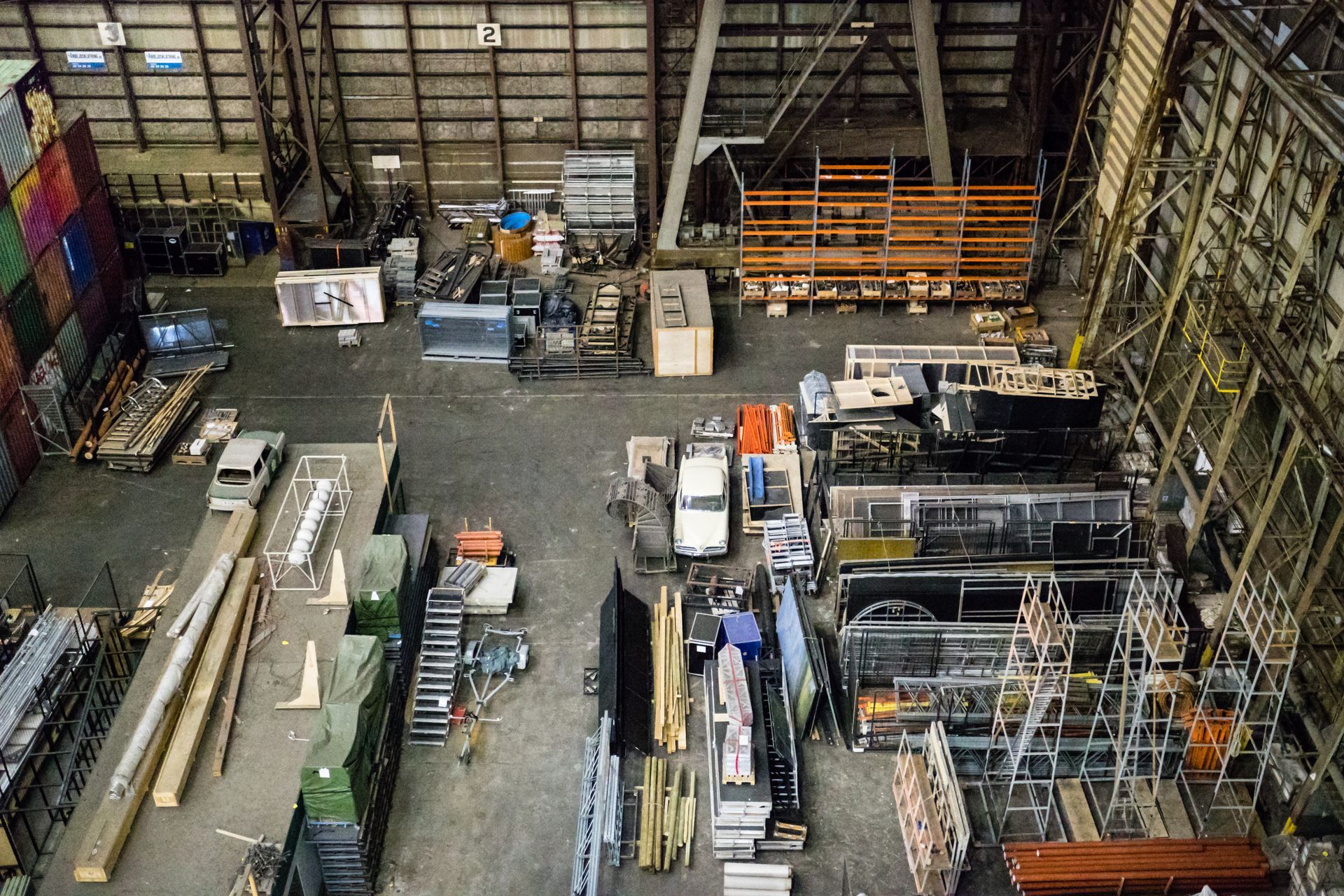
1. Meticulous Planning: Laying the Groundwork for Transformation
The journey begins with meticulous planning, serving as the blueprint for success. Long before the first brick falls, structural engineering, demolition, and safety experts collaborate to create a detailed plan. This plan not only outlines the steps of the deconstruction process but also considers factors such as structural integrity, the presence of hazardous materials, environmental impact, and regulatory compliance.
Beyond the physical aspects, logistics also play a pivotal role in planning. The logistics team conducts a comprehensive inventory and assessment, cataloging components and materials for optimization in subsequent phases. The efficient dismantling of an industrial facility is a symphony of detailed planning conducted by specialists.
2. Specialized Equipment: Tools of Transformation
With the plan in place, the next step involves bringing in the right tools for the job. Specialized equipment tailored to the unique challenges of industrial facility dismantling becomes the artisans' tools in this grand deconstruction project. Heavy-duty excavators, high-reach demolition machines, and precision attachments are deployed strategically to execute the plan with finesse.
Transport logistics are crucial at this stage, with specialized vehicles and equipment moving seamlessly through the facility. The orchestration of this phase ensures the safe and efficient deployment of machinery, setting the stage for a transformation that balances precision with power.
3. Skilled Execution: The Artistry Unleashed in Deconstruction
Skilled operators take on the role of artisans, maneuvering the machinery with precision reminiscent of a surgeon at work. Controlled dismantling becomes the objective, where each component is strategically deconstructed to minimize collateral damage and maintain safety. Selective demolition techniques allow workers to disassemble structures piece by piece.
This phase also involves the meticulous segregation of materials for recycling and disposal. Skilled execution is not just about tearing down; it's about transforming the facility to align with the pre-established plan, ensuring a controlled and environmentally responsible deconstruction.
4. Controlled Demolition: Choreographing the Grand Finale
Controlled demolition sometimes becomes the grand finale of the industrial facility dismantling process. Strategically placed explosives bring down the remaining components with surgical precision. The controlled nature of the demolition minimizes the impact on the surrounding environment and allows for efficient debris removal.
While controlled demolition may evoke images of dramatic implosions, the reality is a carefully choreographed event where timing, placement, and safety measures are meticulously calculated. Transport logistics are crucial in clearing the site efficiently after the controlled demolition, marking the end of one phase and the beginning of transformation.
5. Logistics: Navigating the Complexity of Transformation
As the physical deconstruction progresses, the logistics team navigates the complexity of material handling, waste disposal, and transport. The inventory, assessment, and segregation of materials become critical elements in the logistical dance. Specialized transport vehicles, including flatbed trucks, cranes, and trailers, are enlisted to move oversized components safely.
Efficient transport logistics are essential for maintaining project timelines and minimizing disruptions to surrounding areas. The logistics team coordinates with waste disposal facilities, ensuring compliance with regulations and minimizing the environmental impact of the dismantling process.
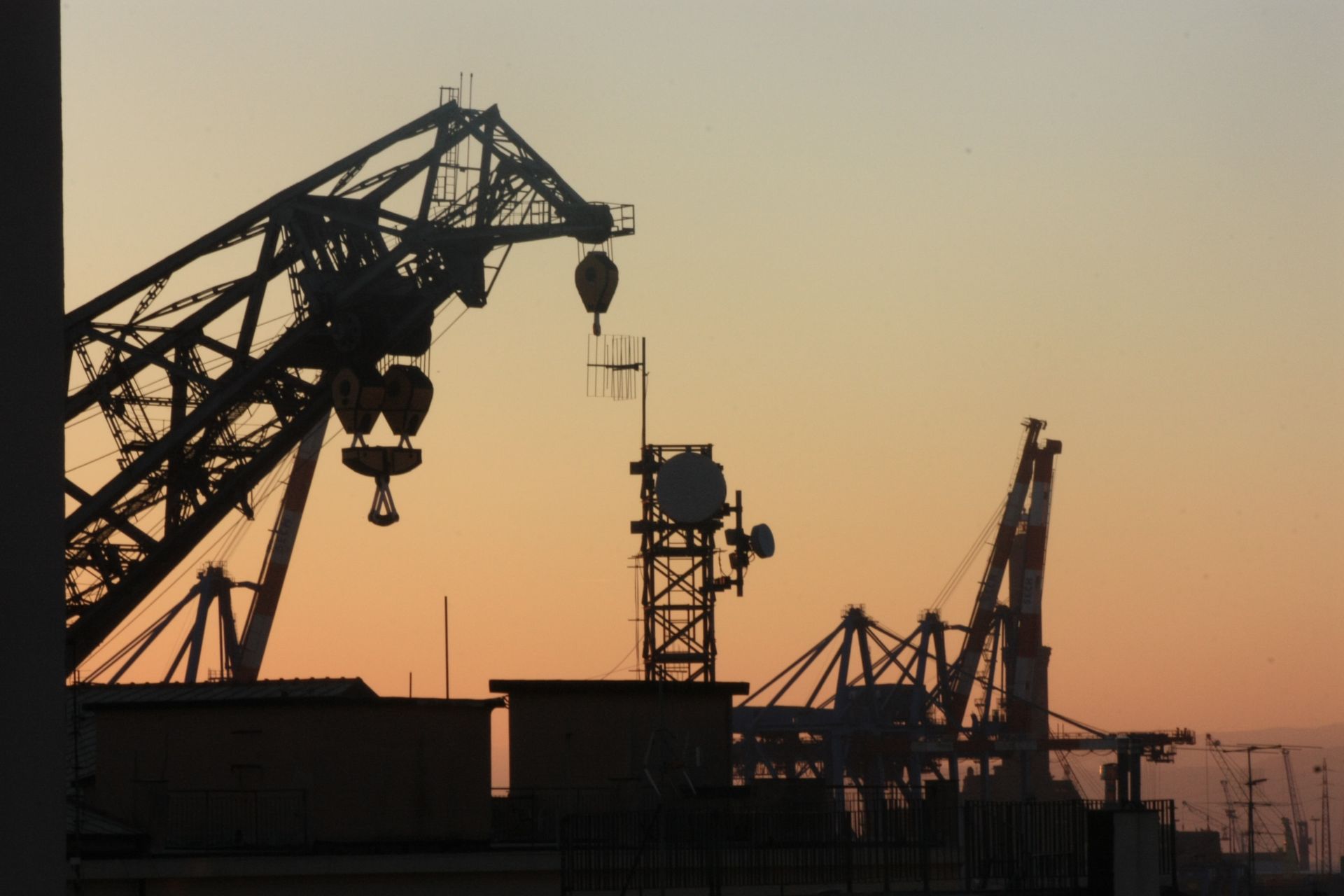
Crafting New Beginnings from Endings
In the grand narrative of industrial evolution, the journey from peak production to precise demolition is a transformative odyssey. The intricate planning, specialized equipment, skilled execution, and logistics converge to create a symphony of precision, efficiency, and responsible progress. The dual narrative of creation and transformation unfolds seamlessly, with each phase playing a vital role in the artistry of industrial facility dismantling.
As the dust settles and the echoes of controlled demolition fade, what remains is a canvas ready for redevelopment—a space once marked by peak production now transformed for new beginnings. The evolution of industry, encapsulated in the journey from creation to deconstruction, is not just a cyclical process; it's a testament to human ingenuity, resilience, and the perpetual pursuit of progress.



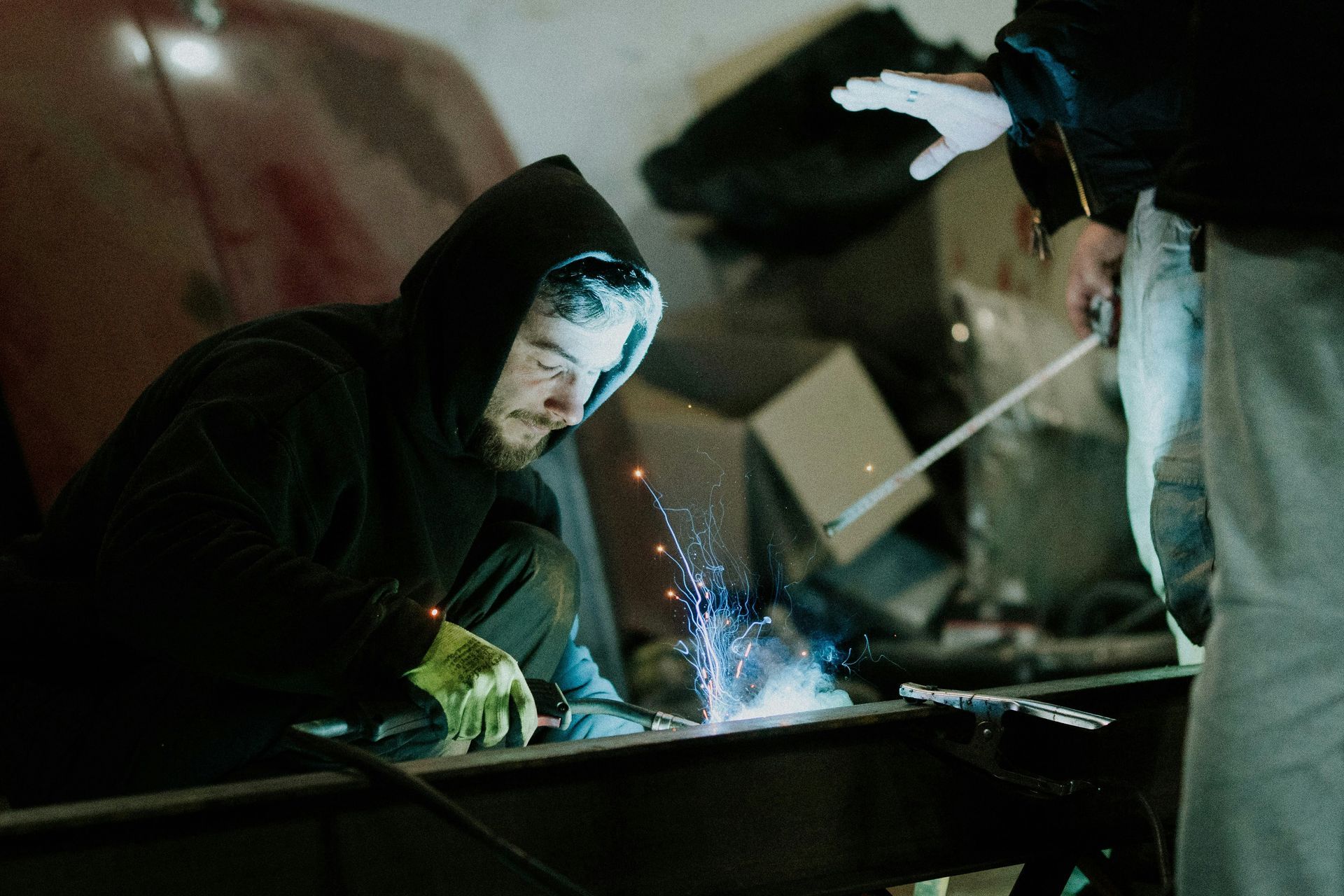
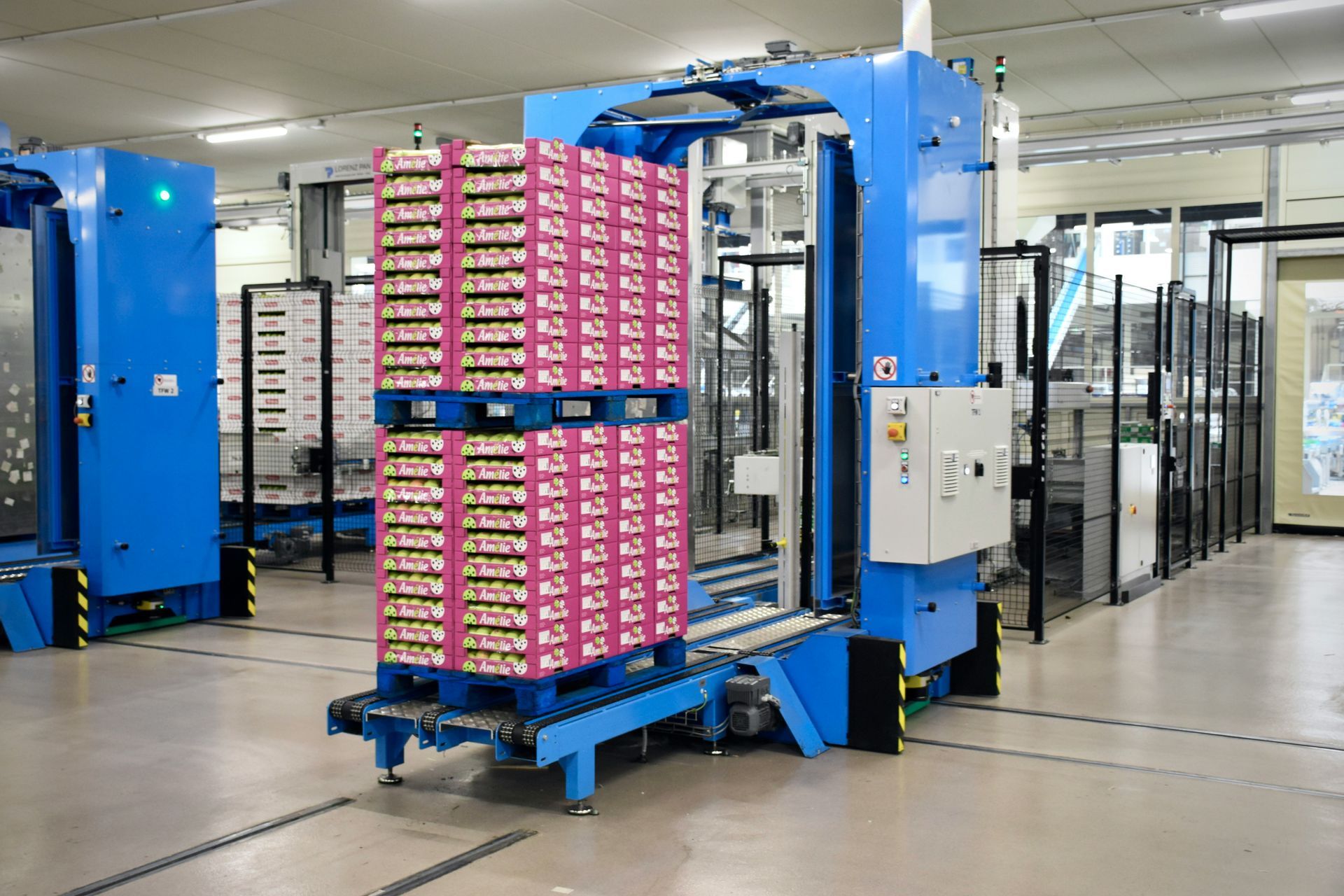
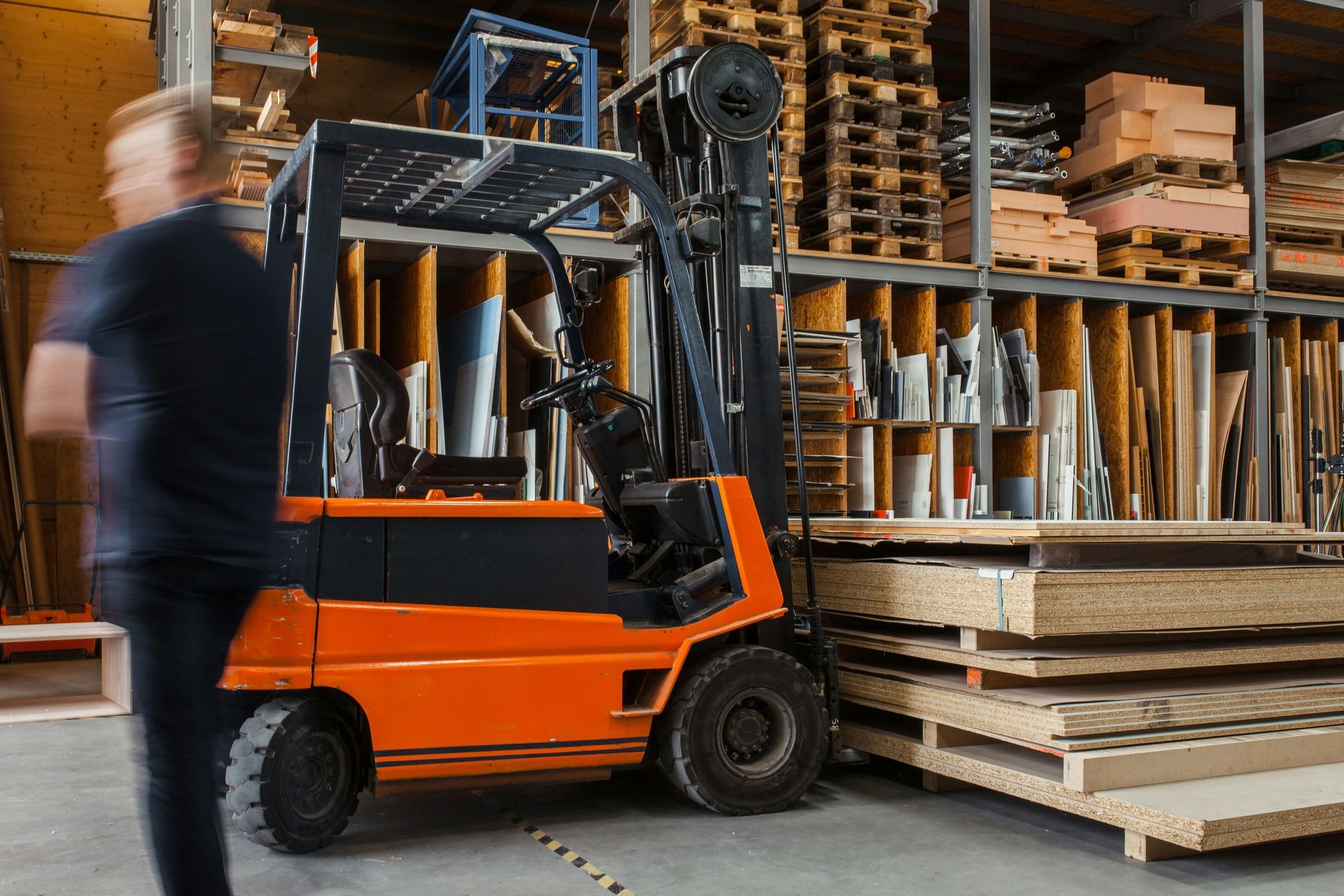

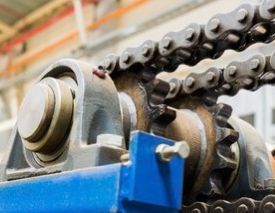

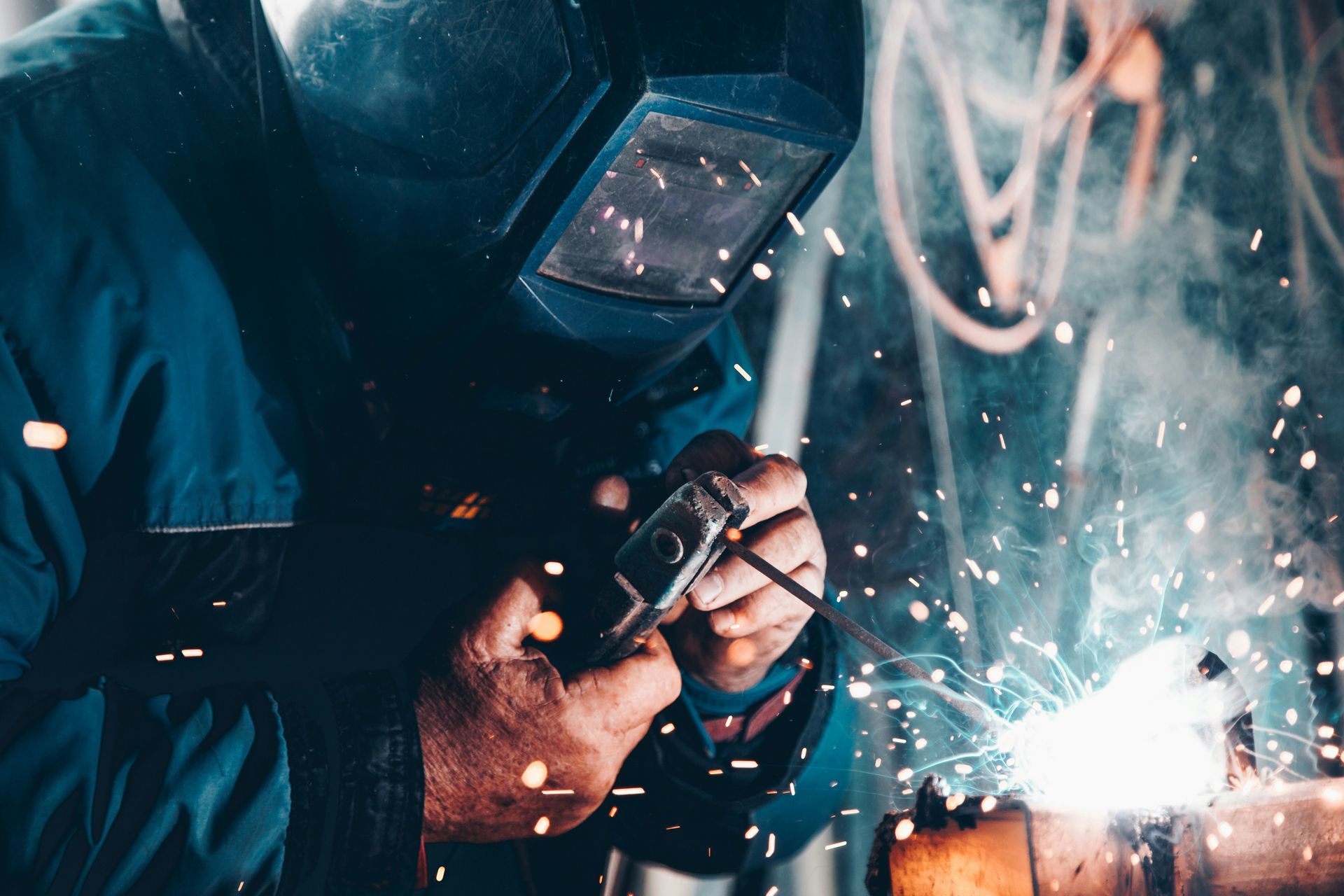
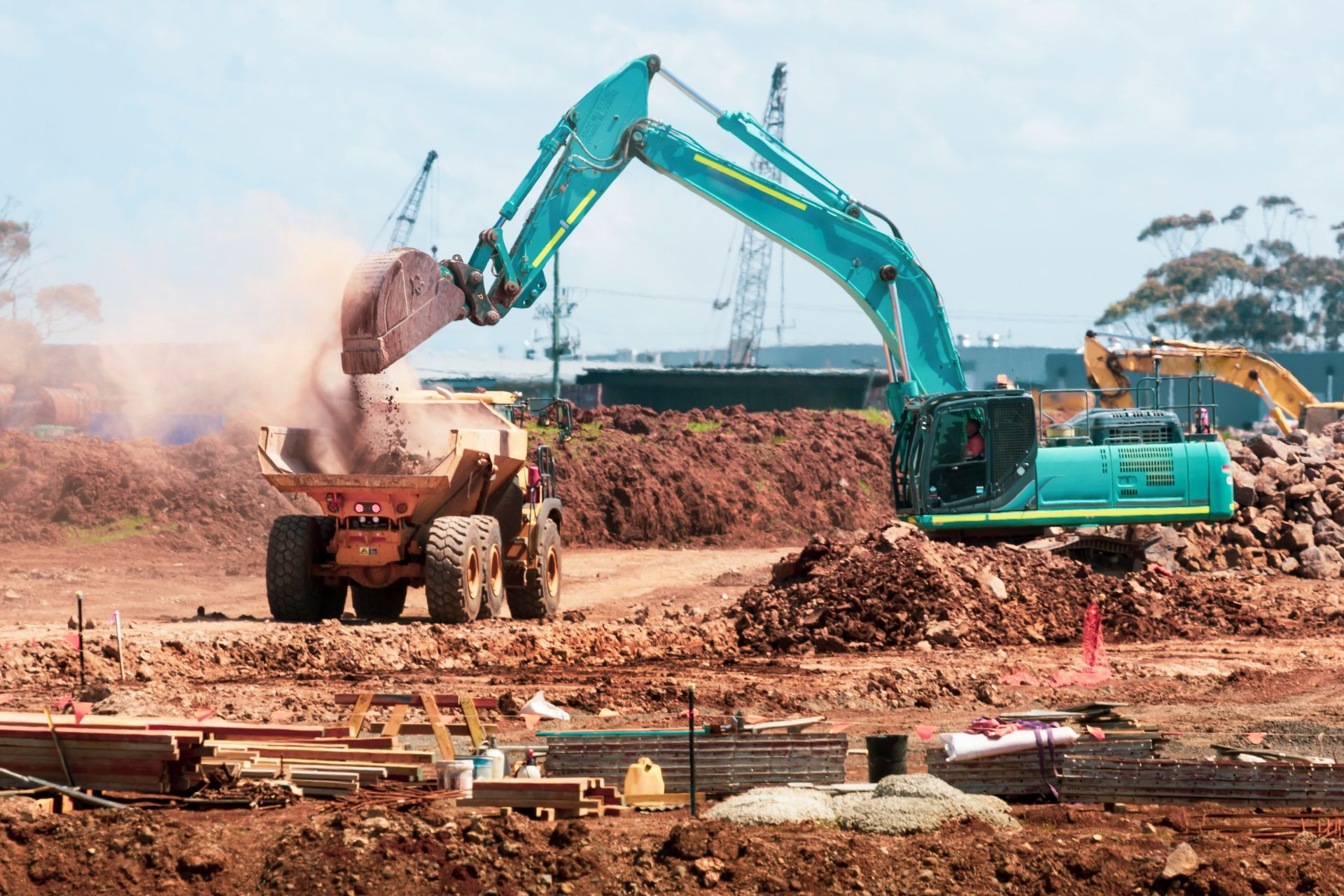
Share On: